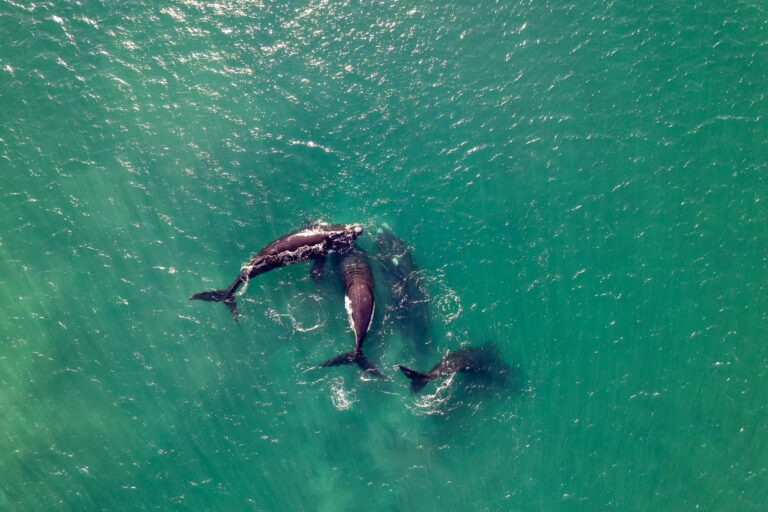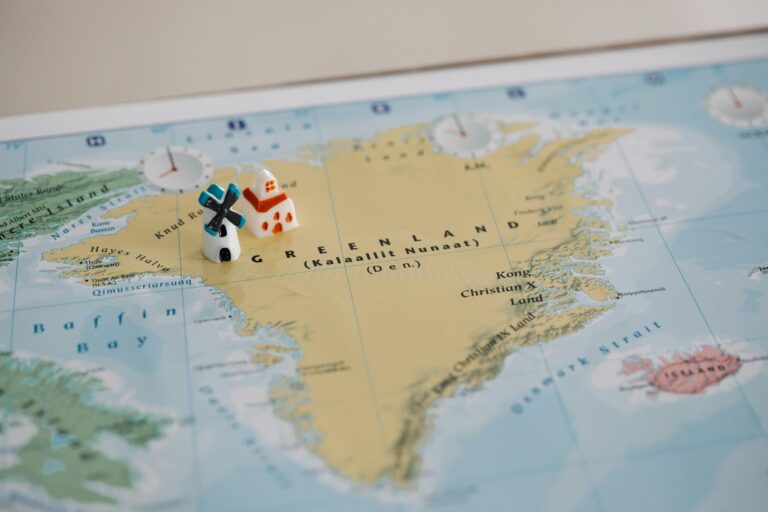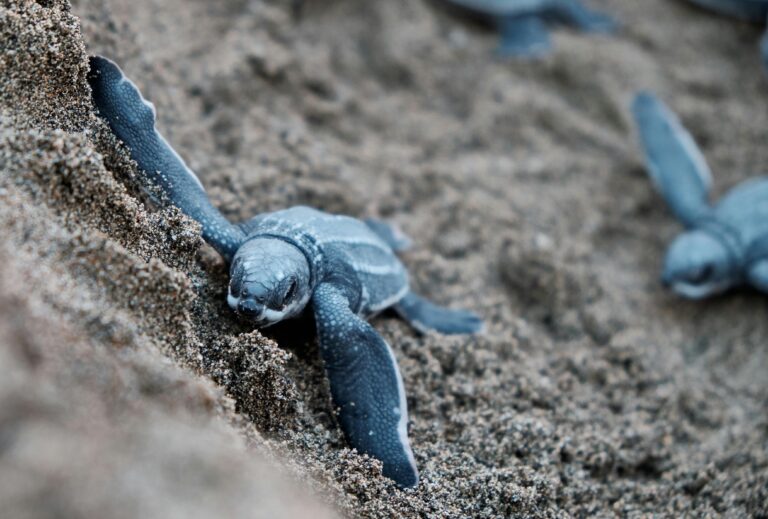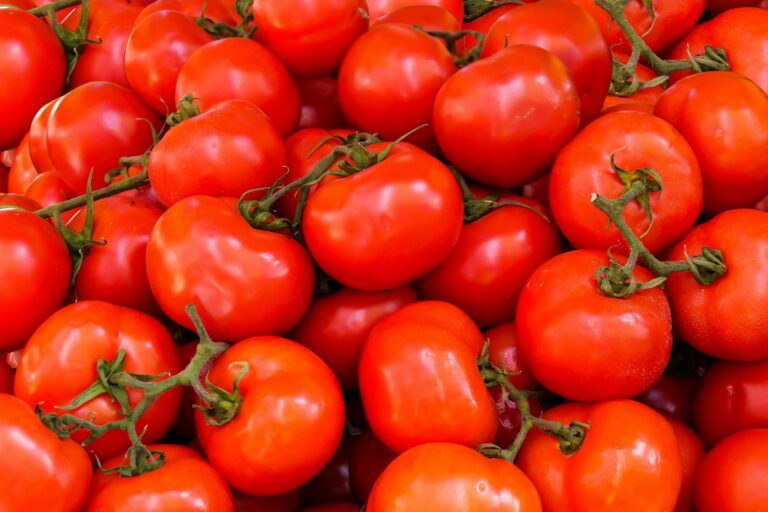
Oas Kulkarni
In April 2021, tropical cyclones Seroja and Odette merged with one another in the Indian Ocean, just north-west of Australia. The Australian Bureau of Meteorology (BOM) described this merger as rare. Two scientists from the University of Oldenburg, Germany have studied this phenomenon in detail to understand how these newer, more unpredictable weather patterns, driven by climate changes, are impacting us.





